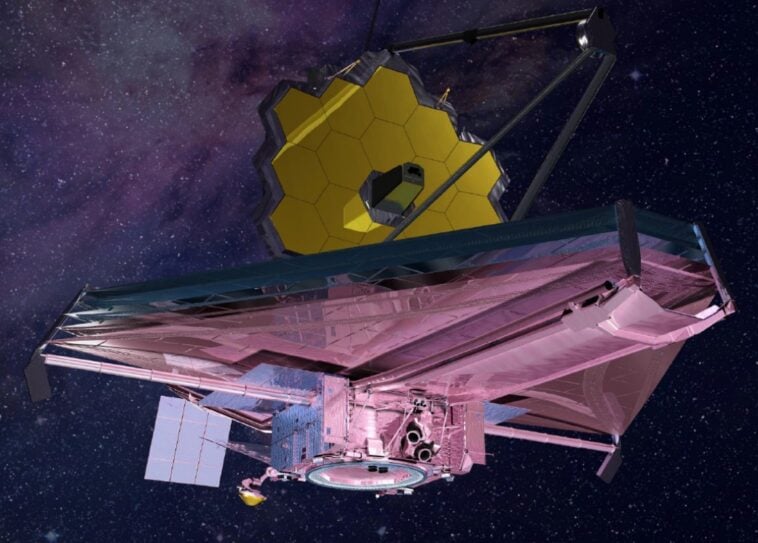It started with a hunch. Or more accurately, a glow.
Scientists using NASA’s James Webb Space Telescope were combing through the deep sky, same as they’ve done dozens of times, when something odd lit up in the data: 300 objects shining way brighter than they should.
Now, a team at the University of Missouri says these may not just be cosmic anomalies. They might be galaxies—some of the very first to ever exist. And if that’s true, it could mean everything we thought we knew about the early universe needs an update.
What This Discovery Means
“Even if just a handful of these objects turn out to be what we think they are,” said Haojing Yan, one of the lead researchers, “we’re talking about changing the origin story.”
That story, until now, went something like this: After the Big Bang about 13.8 billion years ago, the universe was a hot mess of particles and light. Then came the cosmic dark ages—a 400-million-year period when neutral hydrogen gas blocked most light from traveling through space.
Over time, gravity did its slow dance, pulling matter together into the first stars and galaxies. But these 300 objects suggest the first galaxies might’ve arrived at the party much earlier, and much more fully formed than expected.
Which is… puzzling.
“These are supposed to be baby pictures of the universe,” said one researcher. “But they’re looking surprisingly grown up.”
To be clear, no one’s saying these are definitely ancient galaxies. Some scientists believe they could be something else—closer, weirder, or just misunderstood. But the team behind the discovery did what they called “cosmic detective work” to rule out the usual suspects.
They used a technique called redshift analysis, which basically looks at how much light stretches as it travels through the expanding universe. The higher the redshift, the farther (and older) the object. And these are off the charts as they showed redshifts, dating back over 13 billion years.
The findings, published in The Astrophysical Journal, don’t give us all the answers. But they ask a very big question: What if the universe got a faster start than we thought?
Bottom Line
Webb has already shaken up astronomy in just a few years since beginning operations in 2022, but this one might be its biggest shake yet. Not a ripple—more like a rewrite.
Because if these lights are what they appear to be… the origin story just got a plot twist.
Source: Men’s Journal

